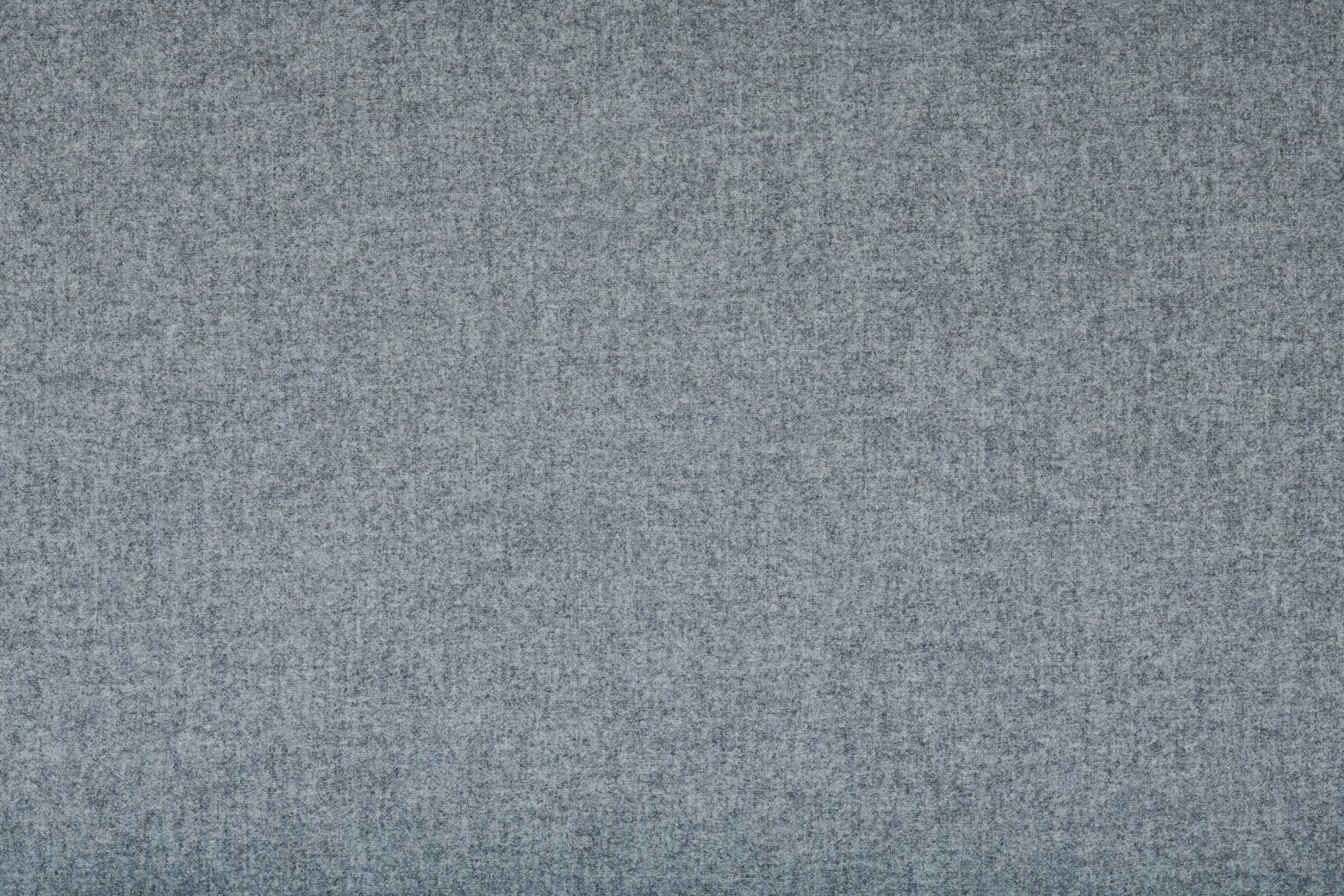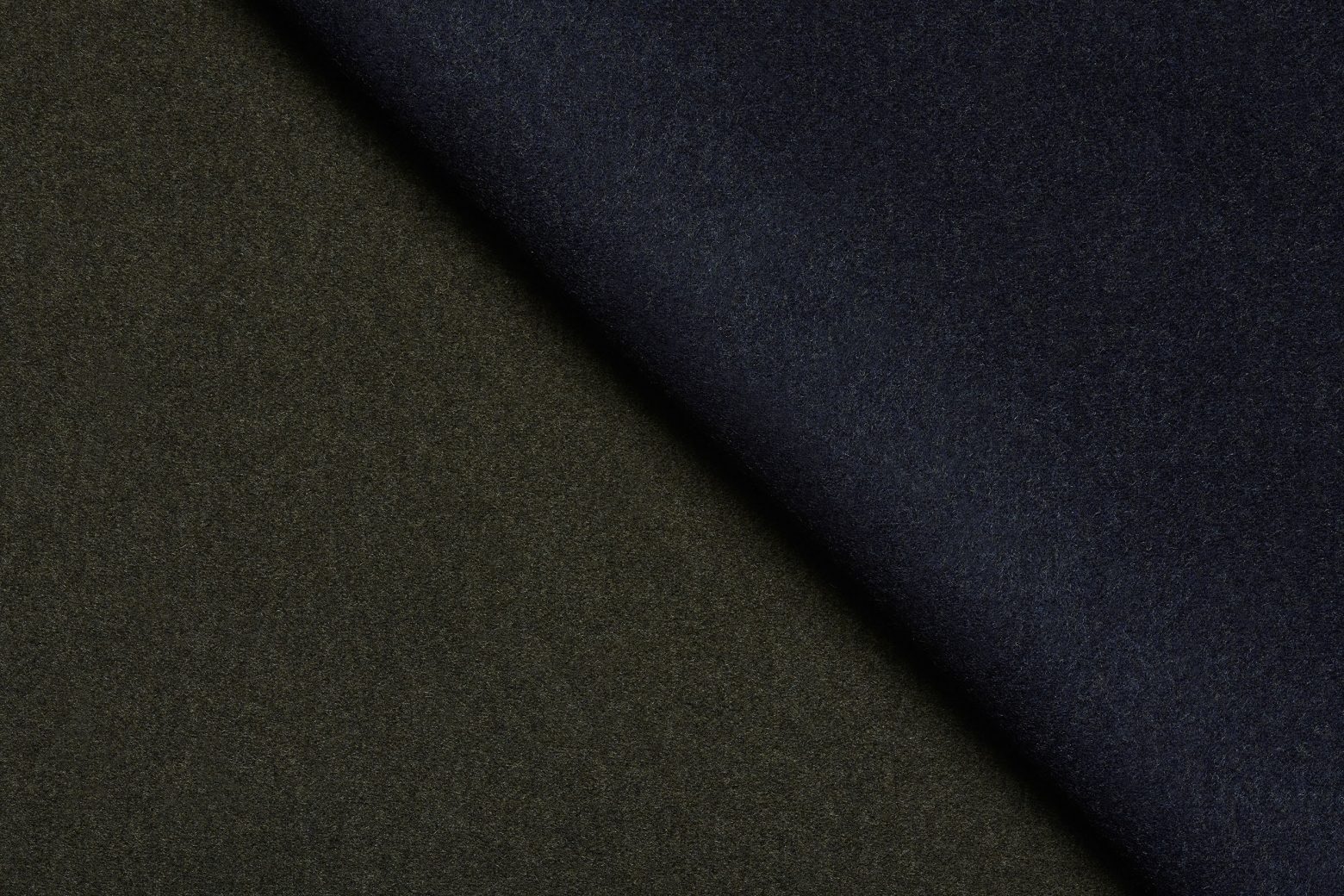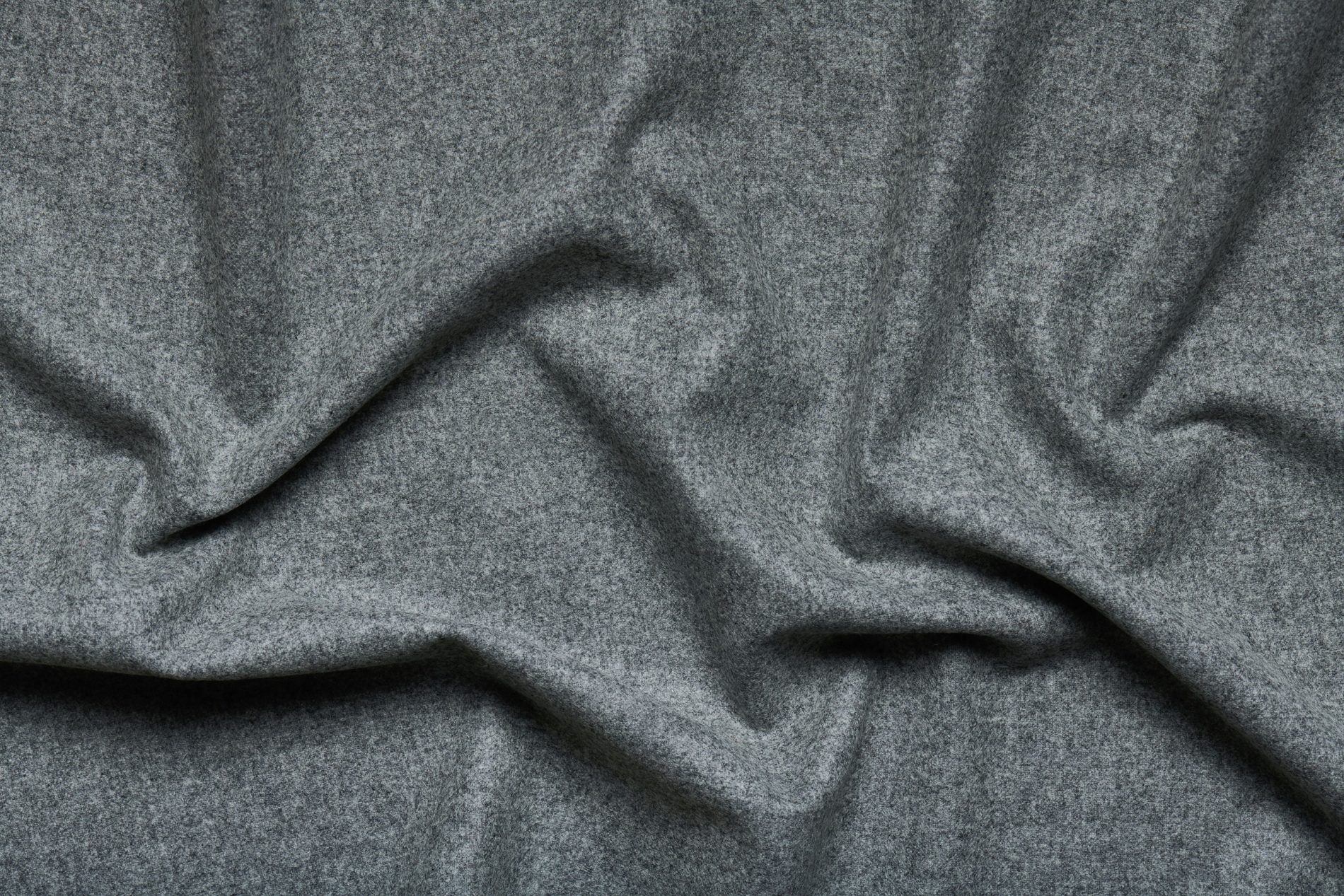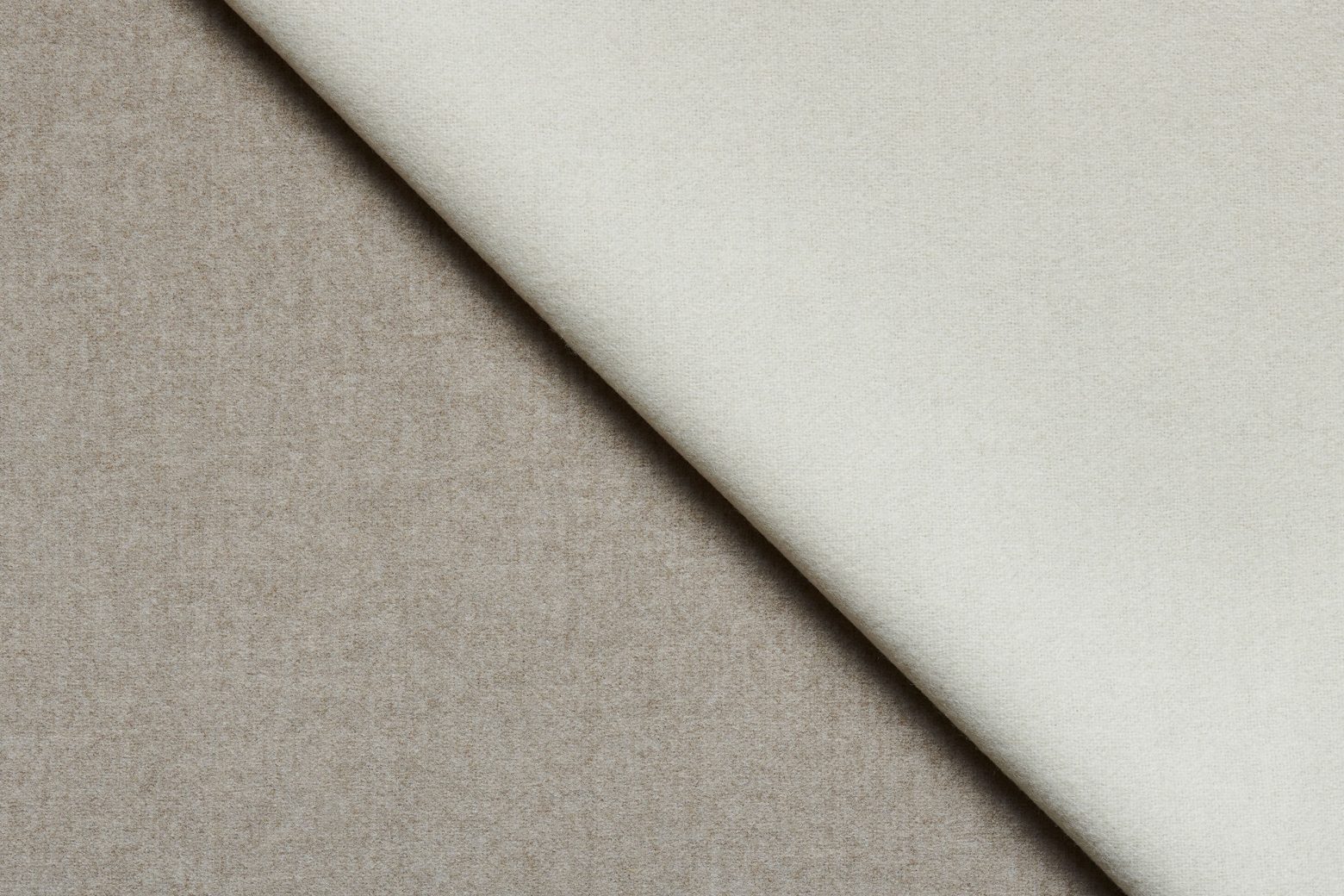Additional information
Merino wool is one of the most effective acoustic building materials. It has long been used in passenger aircrafts, cinemas and offices because of its acoustic properties. Especially our voluminous woolen interior fabrics with their felted surface enable sound waves to penetrate into the fabric and become dissipated. Wool thus helps eliminate unwanted sounds and focus on desired ones.
Polluted indoor air can lead to discomfort, reduced efficiency or even chronic insomnia. Air pollution can be caused by the use of air conditioning systems, evaporation from certain building materials and furniture or combustion processes.
Merino wool can absorb molecules from pollutants such as formaldehyde, nitrogen oxides and sulphur dioxide. Furthermore, wool does not re-emit these noxious gases. It is estimated that wool purifies indoor air for up to 30 years.
Merino wool is naturally flame resistant due to its high water content and chemical structure. It is less likely to burn (with a very high ignition temperature of 600°C) and produces less noxious fumes and toxic gases than most synthetic textiles or cotton, which makes it a much safer choice for interiors. When wool burns it neither drips nor melts so it cannot stick to the skin like most artificially manufactured fibres, sparing burn victims from severe injuries.
With a Limiting Oxygen Index (LOI) of 25, wool has the highest LOI among the commonly used textiles. This indicator is used for ranking the flammability of materials by measuring the amount of oxygen needed to sustain combustion. The higher the value, the less flammable the material.
Merino wool is one of the most effective acoustic building materials. It has long been used in passenger aircrafts, cinemas and offices because of its acoustic properties. Especially our voluminous woolen interior fabrics with their felted surface enable sound waves to penetrate into the fabric and become dissipated. Wool thus helps eliminate unwanted sounds and focus on desired ones.
Polluted indoor air can lead to discomfort, reduced efficiency or even chronic insomnia. Air pollution can be caused by the use of air conditioning systems, evaporation from certain building materials and furniture or combustion processes.
Merino wool can absorb molecules from pollutants such as formaldehyde, nitrogen oxides and sulphur dioxide. Furthermore, wool does not re-emit these noxious gases. It is estimated that wool purifies indoor air for up to 30 years.
Merino wool is naturally flame resistant due to its high water content and chemical structure. It is less likely to burn (with a very high ignition temperature of 600°C) and produces less noxious fumes and toxic gases than most synthetic textiles or cotton, which makes it a much safer choice for interiors. When wool burns it neither drips nor melts so it cannot stick to the skin like most artificially manufactured fibres, sparing burn victims from severe injuries.
With a Limiting Oxygen Index (LOI) of 25, wool has the highest LOI among the commonly used textiles. This indicator is used for ranking the flammability of materials by measuring the amount of oxygen needed to sustain combustion. The higher the value, the less flammable the material.














Leichtfried mainly uses extra fine Australian Merino wool to ensure they maintain their oustanding quality and durability.
Founded in 1884 the Leichtfried woollen mill is specialized in the production of high-quality woollen cloth and Loden fabrics.
The entire production process is in our hands. This ensures that every metre of loden leaving our production represents highest quality.
Leichtfried mainly uses extra fine Australian Merino wool to ensure they maintain their oustanding quality and durability.
Founded in 1884 the Leichtfried woollen mill is specialized in the production of high-quality woollen cloth and Loden fabrics.
The entire production process is in our hands. This ensures that every metre of loden leaving our production represents highest quality.

















